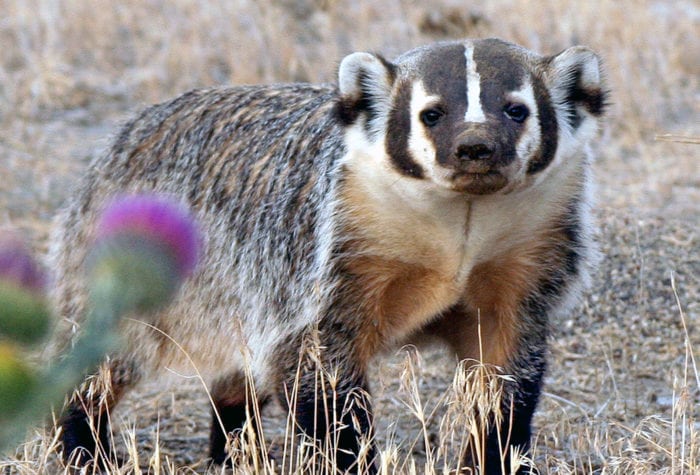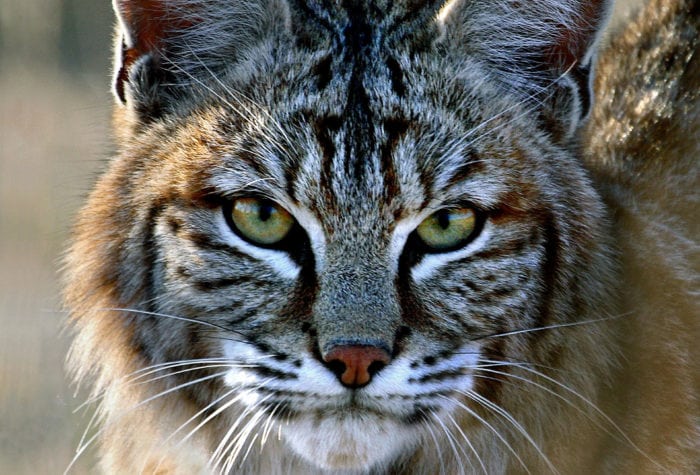Wildlife Monitoring
Jim Davis
Organizer: Stewardship Team
Project Timeline: 1/01/2023 through 12/31/2023
Region: Eastern Oregon
Difficulty Rating: Level 1: Easy
Volunteers Needed: No limit
About the place
This project takes place on the traditional lands of the Northern Paiute, Wasco and Warm Springs people. Many Indigenous peoples live in Oregon’s high desert region today, including members of the Burns Paiute Tribe, the Confederated Tribes of Warm Springs (Wasco, Warm Springs and Paiute), the Klamath Tribes (Klamath, Modoc and Yahooskin) and the Fort McDermitt Paiute and Shoshone Tribe.
With natural beauty, deep cultural significance and a wide array of plants and wildlife, Oregon’s high desert is an impressive stretch of the Pacific Northwest, on the northern edge of the Great Basin.
About the project
This project will assist the Oregon Department of Fish and Wildlife (ODFW) with their Oregon Wildlife Conservation Project.
All wildlife observations are useful, however the project was designed to collect as much information on 294 wildlife strategy species, or species of greatest conservation need, and strategy data gap species. Strategy species are species that have small or declining populations, are at-risk, and/or are of management concern.
This is a photo monitoring project
Through the smartphone app iNaturalist, volunteers will help gather important species data throughout the Northern Basin and Range ecosystem, helping to fill a gap in observations in this important region east of the Cascade Mountains; there are 72 wildlife strategy species in this area.
Timing
This project will involve multiple volunteers during the year. You can visit the high desert any time during the year, and make as many visits as you like. We ask volunteers who sign up for this project to make at least one monitoring trip in 2023 for a minimum of four hours.
Difficulty
This project is self-directed; you can make it as accessible and easy or challenging and remote as you would like.
Registration
An ONDA registration application and medical form are required for this project. You will also have the option to volunteer for other projects that become available throughout the year.
Project Details
All the information you will need to know about this independent project will be emailed to you after your registration is complete. Each project page has extensive information about access, technology, tools, maps and more. Please be prepared to spend 1-2 hours reviewing this information prior to heading out on your project, the good news is that time spent reviewing and preparing for your trip all counts towards your volunteer hours.

